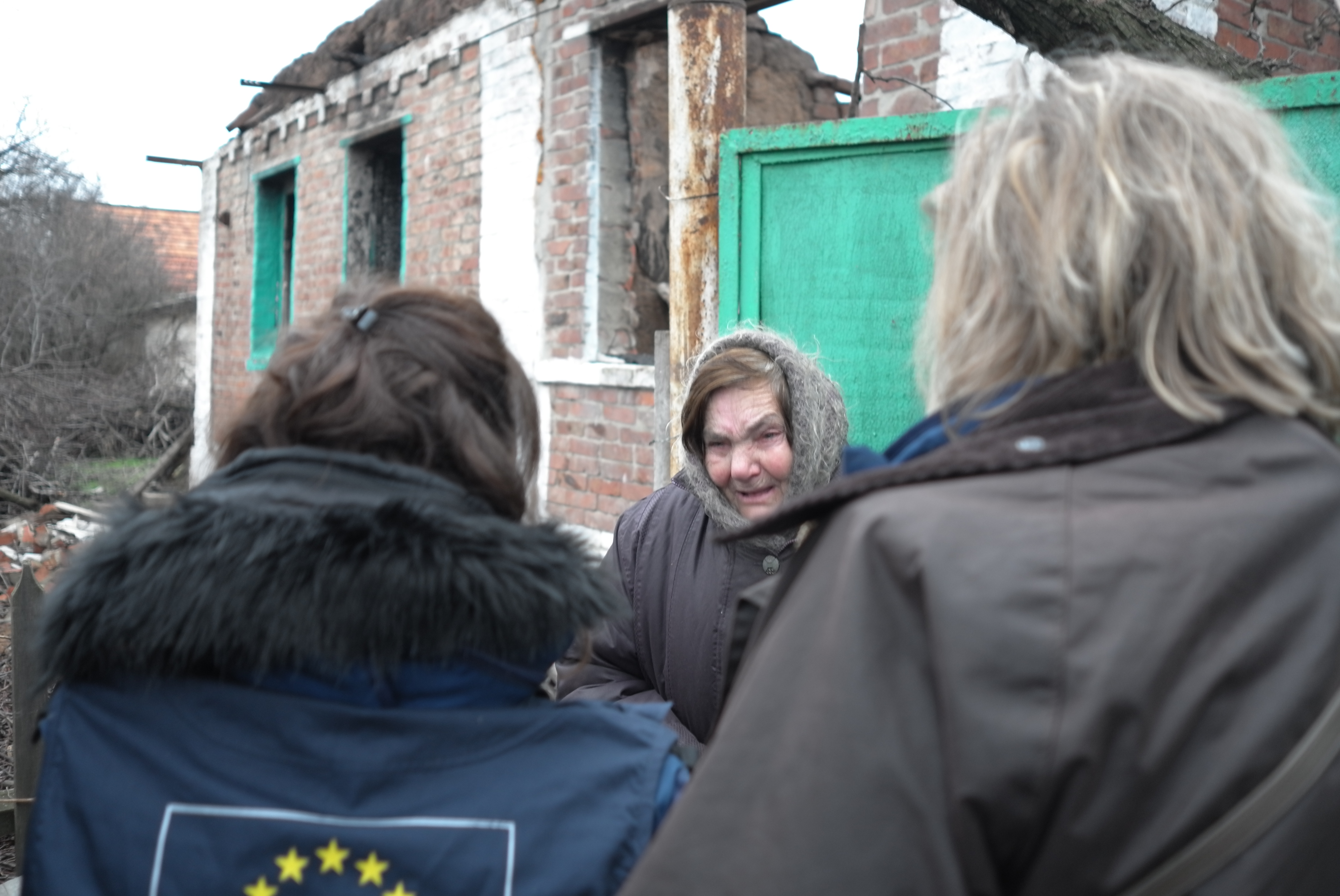Protection activities of UNHCR Ukraine
Refugees, asylum seekers and stateless persons
- UNHCR Ukraine monitors the situation of refugees and asylum seekers in Ukraine. It intervenes directly whenever needed to ensure adequate protection of those in need.
- UNHCR gives material, social and medical assistance to the most vulnerable persons of concern. It also provides financial assistance to those most in need.
- UNHCR assists refugees in Ukraine in achieving durable solutions to their refugee status. The three possible durable solutions include voluntary repatriation, local integration and resettlement.
- UNHCR and the Government of Ukraine collaborate for the purpose of a strengthened national asylum system, including a regional project in Eastern Europe and the South Caucasus, known as the Quality Initiative in Eastern Europe (QIEE). This project focuses on capacity development of asylum authorities (State Migration Service of Ukraine), judges, lawyers and the State Border Guard Service.
- UNHCR provides legal aid to stateless persons and persons at risk of statelessness, with particular outreach to ethnic minorities like Roma who are at heightened risk due to lack of documentation.
Internally displaced persons
- Through its partner network in eastern Ukraine, UNHCR undertakes protection monitoring in both government and non-government controlled areas. Protection monitoring aims to identify human rights violations and other protection risks encountered by IDPs and the conflict-affected population at large. Monitoring findings allow UNHCR to shape its responses in addressing issues and gaps.
- UNHCR and its partners respond to protection needs of IDPs and persons at risk of displacement by providing individual case management through legal assistance, protection counselling, individual protection assistance, and a one-time cash hand-out (cash-based individual protection assistance).
- UNHCR’s advocacy interventions and awareness raising initiatives influence decision makers, stakeholders and other relevant audiences. They contribute to positive change in policy and practice by addressing the protection needs and rights of IDPs.
- Community-based initiatives and peaceful coexistence projects such as school or community centre renovations involve IDP and host communities, facilitating durable solutions. Additionally, such projects mitigate the impact of displacement on host communities by promoting social cohesion and peaceful co-existence.
- UNHCR provides trainings and workshops for the Ukrainian government, local administrations, civil society and host communities. These capacity building initiatives strengthen their ability to create an integration-friendly environment for IDPs.
In situations of internal displacement, UNHCR is the lead protection agency of the Protection Cluster. The Protection Cluster in Ukraine coordinates protection activities in Kyiv and in the field. It monitors the protection situation in both government and non-government controlled areas of Ukraine. The Protection Cluster ensures appropriate advocacy and response to needs, prioritising the most vulnerable and informing the response of other humanitarian actors. The Protection Cluster consists of 88 partners, including international and national NGOs, other UN agencies and government counterparts.
Together with its NGO partner, the Right to Protection, UNHCR produces and updates the Online Dashboard on eastern Ukraine Checkpoint Monitoring (see below), which provides on overview of latest trends related to people crossing the line of contact, their profile (disaggregated by age and sex), destination, and protection concerns:

